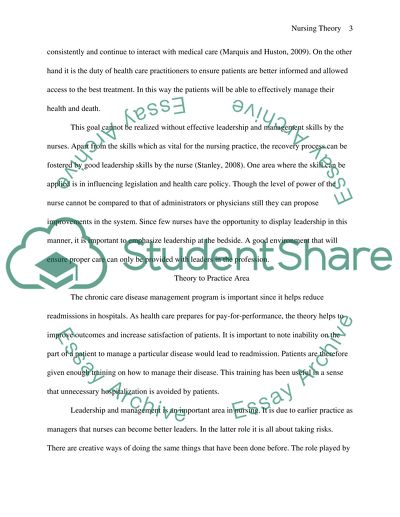Cite this document
(“Nursing Theory Research Paper Example | Topics and Well Written Essays - 2500 words”, n.d.)
Retrieved from https://studentshare.org/miscellaneous/1567372-nursing-theory
Retrieved from https://studentshare.org/miscellaneous/1567372-nursing-theory
(Nursing Theory Research Paper Example | Topics and Well Written Essays - 2500 Words)
https://studentshare.org/miscellaneous/1567372-nursing-theory.
https://studentshare.org/miscellaneous/1567372-nursing-theory.
“Nursing Theory Research Paper Example | Topics and Well Written Essays - 2500 Words”, n.d. https://studentshare.org/miscellaneous/1567372-nursing-theory.


